Imagine taking a nice, long winter holiday in beautiful, warm Mexico and working very hard to return home, only to find a place with no home or food. Monarch butterflies are just one of the many species that are being affected by the steady change in our global climate. 2015
was “recorded” as the warmest year on record, 0.29⁰F warmer than the previous record breaking year last year. With recent increases in the global temperatures, effects on the complex interactions between the climate and living organisms could cause problems. Seasonal, recurring events and their study is known as phenology, such as the budding and blooming of plants in the spring, or hibernation patterns. Shifts in phenology due to a changing climate can cause an asynchrony in the relationships of the organisms that live in the ecosystems. With climate change increasing at a devastating rate, much research into how these complex interactions are being affecting is being done.
It is something that may be difficult for us to notice in our busy daily lives, but phenology and is all around us. We see the snow melting and the trees blooming, the return of our summer song birds and the buzzing of busy bugs. Our excitement of the warm air of the early spring blinds us to subtle differences between seasons. Hibernating species often use environmental cues in order to decide when to begin their northern travels. Other species rely on each other to know when they should be moving. On the other hand responses between species can vary, some species leaving and arriving earlier than others. Sensitive ecological linkages and networks could be altered or damaged. Climate often affects the availability of food and when one species is behind the other, they may miss out on normal, expected feeding opportunities. Other relationships that could be affected are food webs, host-parasitoid webs, and mutualistic webs (Walther, 2010).

Monarch Butterflies congregating on oyamel fir trees in Mexico. Photo Credit http://greatanimalmigrations.blogspot.ca/2013/06/migration-of-monarch-butterfly.html
The monarch butterfly travels from all over the United States and southern Canada, between 2,000 – 5,000 kilometres, to spend their winters in Mexico. This species requires a very small and specific niche in order to survive, which increases the dangers of a changing climate. This population at risk has been diminishing over the past few years, reaching an all time low in 2013 . With the help of each of us, programs have been created that track the movement of these travelling bugs (and birds) and can allow us to watch how early they are arriving or moving on based on the input of individual people that have sighted them. Current monarch migration can be observed and information shared here or seen in photo on the right. We can look at and compare their movements over previous years and also an estimation of population size. Other examples of this public observation of migrating species can be seen here, looking at Ruby-Throated Hummingbird.
We must keep in mind that climate change does not always have a negative outcome for a population, and also that there are other problems that species are facing. Changes in climate could expand habitat ranges for some species, providing less traveling or more food. Yet
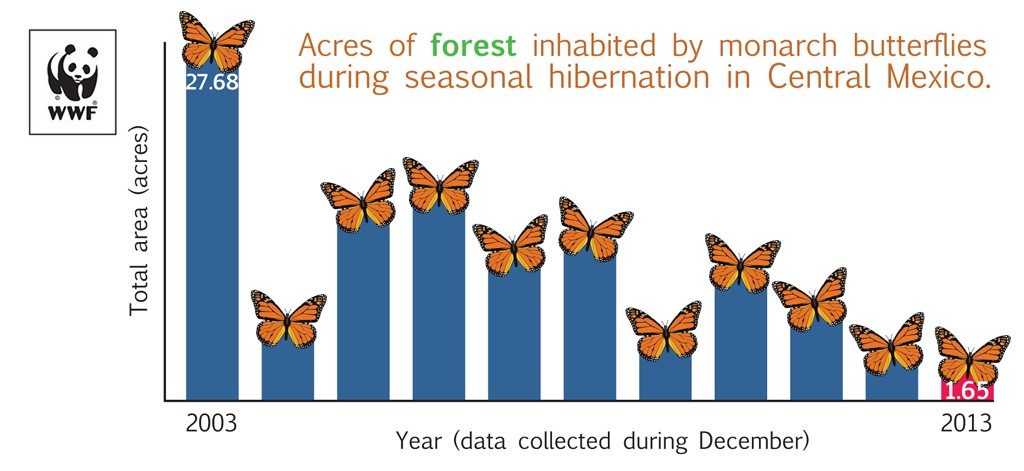
Monarch populations at an all time low in 2013. http://awsassets.wwf.ca/img/original/chartacresfinal.jpg
anthropogenic activities such as deforestation, monocultures and contamination are creating massive problems, migrating species returning to a home that is no longer there. The combined challenges of adapting to a changing climate and the reduction of safe natural breeding or hibernating grounds puts a lot of strain on organisms, along with many other natural distresses. For monarchs long periods of either rainy, cool conditions, or prolonged high temperatures are reducing egg laying and adult lifespans, respectively. Climate is also affecting the growth of the Monarch’s main host plant, Asclepias or milkweeds. However there are things that we as individuals can do to help. Creating niches for migratory or native species by planting native plants provides food and homes, especially for somebody who is running behind the rest. Little by little we can reduce our carbon footprint and restore the planet to its natural self.
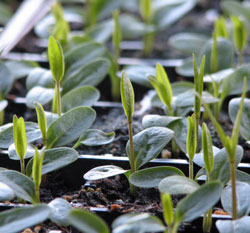
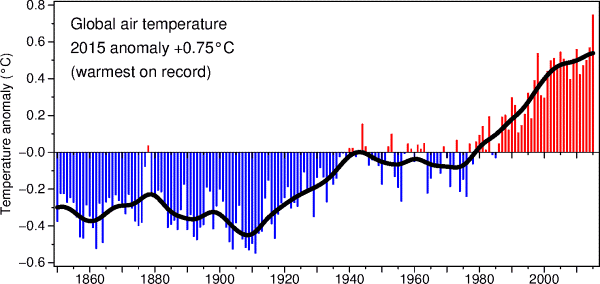
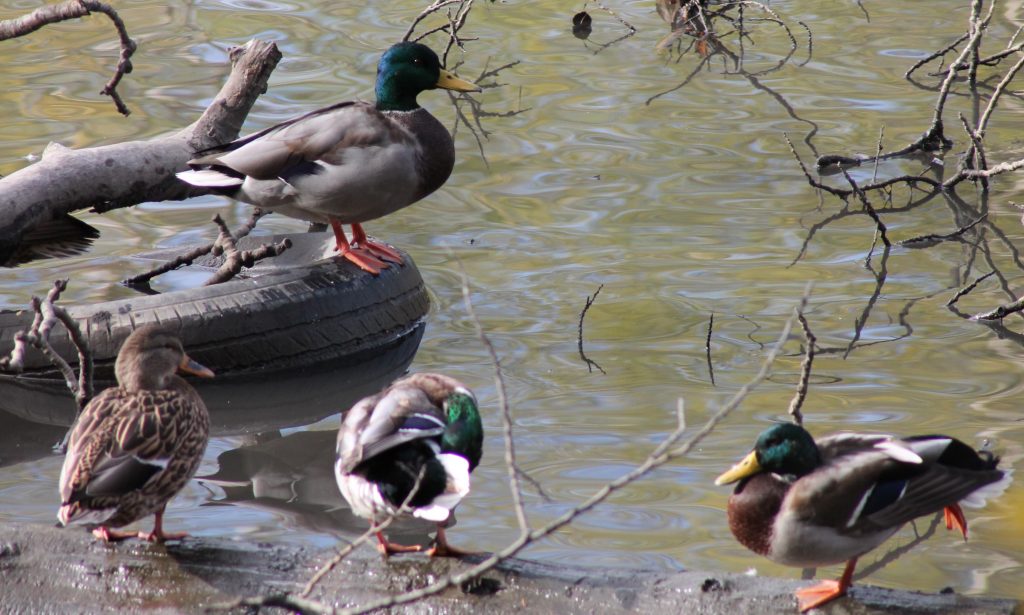
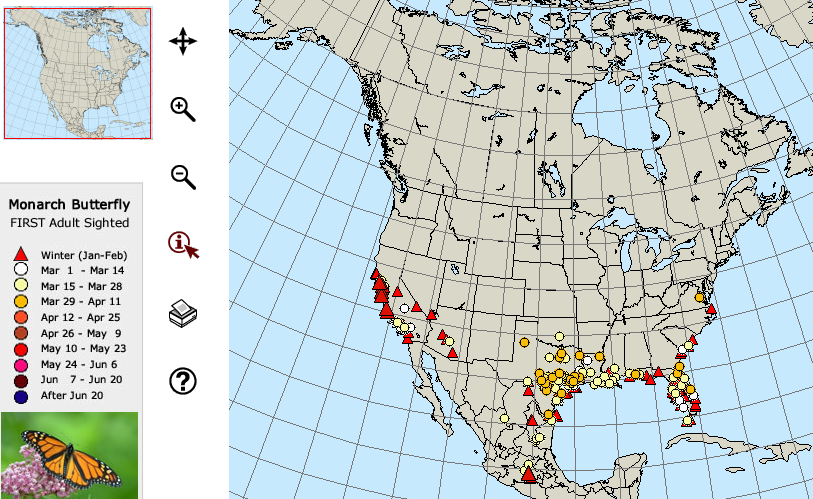

Recent Comments